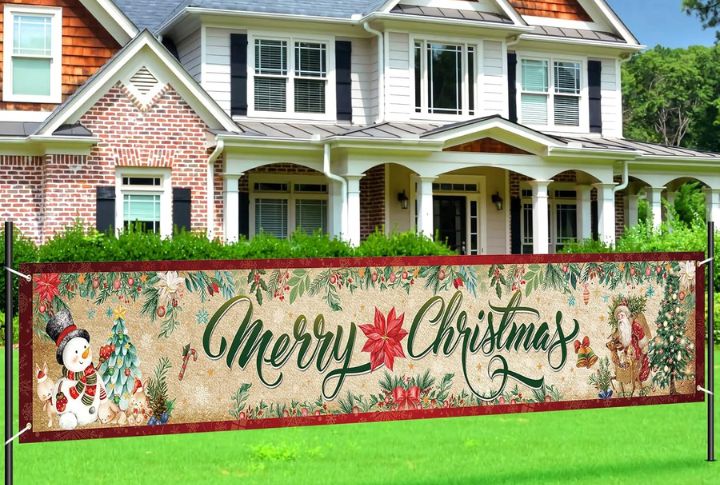
What was once a charming piece of outdoor decor last summer could land you in trouble today, following a shift in zoning codes, safety priorities, and design standards across US neighborhoods. Here are 10 backyard features facing silent audit; some of which could cost you hefty fines if they don’t comply with evolving rules.
Large Detached Sheds Near Property Lines
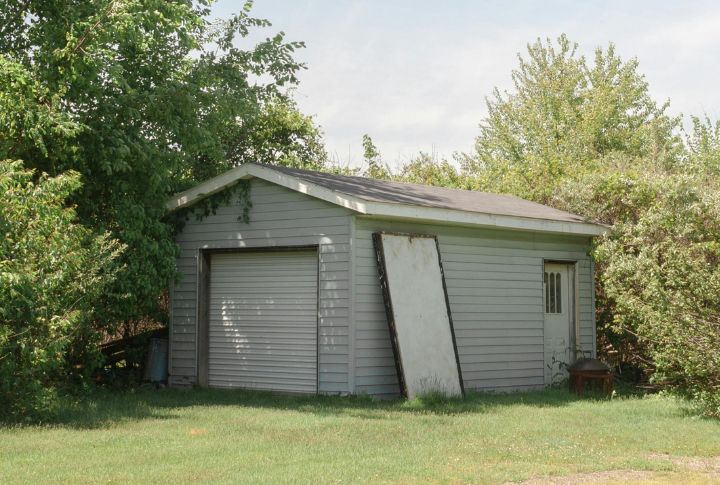
Many cities now require setback clearance for sheds to prevent drainage issues or fire risks. Oversized units—especially those over 120 square feet—often trigger permits. When repurposed as rentals, they can be reclassified as accessory dwelling units (ADUs) that can draw zoning enforcement and possible fines.
Treehouses Visible From The Street

Having a treehouse elevated so high raises safety concerns, and many neighborhoods treat it as a code violation, not a backyard perk. In fact, a Texas community banned all treehouses after a homeowner converted theirs into an Airbnb. Some cities now require height limits or neighbor sign-off before elevated playhouse constructions begin.
Unpermitted Pergolas With Electrical Add-Ons
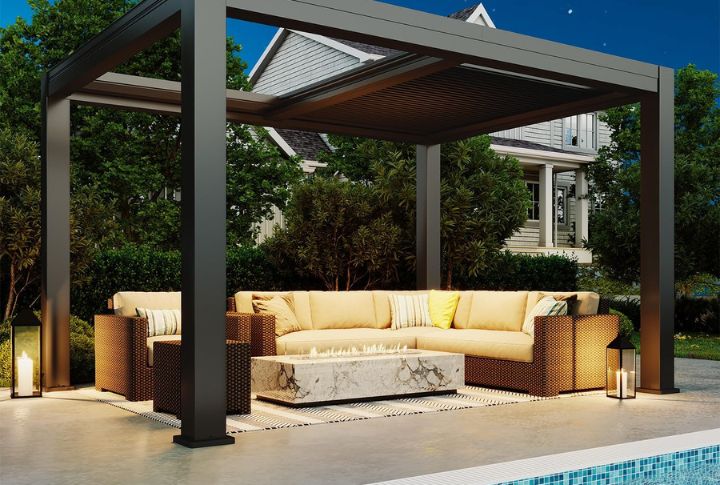
Add electrical features to a pergola, and it’s no longer a simple backyard project. Most cities require permits for wired structures, and unapproved setups often violate fire codes. Home insurance may not cover damage caused by these installations. In hurricane-prone states, wind-load ratings also apply to prevent structural failures.
Permanent Hammock Posts In Front Yards
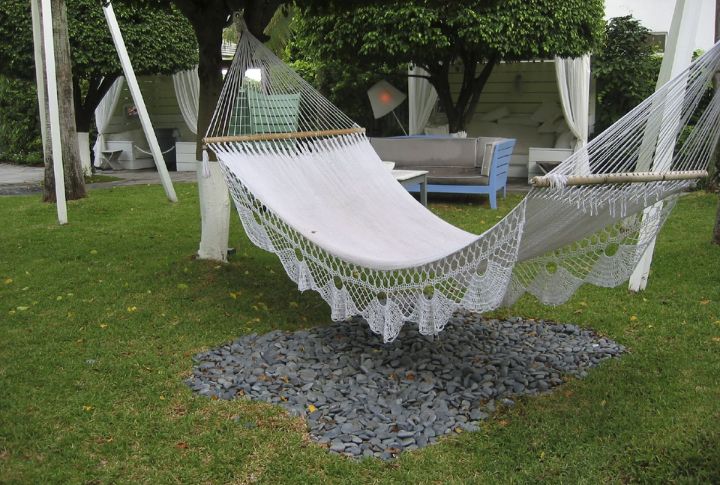
Dreaming of lazy Sundays in your front-yard hammock? Well, some of your neighbors won’t appreciate it, deeming it visual clutter. Further to this, there are risk concerns such as storm-propelled posts and utility damage. To curb this peril factor, some jurisdictions now require removal or backyard relocation to meet neighborhood codes.
Colorful Painted Concrete Patios

Brightly painted patios can stir up trouble with local zoning codes and HOA rules. In some areas, only neutral tones are allowed for outdoor surfaces to prevent glare or neighborhood clashes. And in UV-heavy regions like Arizona, bright colors fade fast—one HOA even banned purple patios after the trend spread too far.
Large Lawn Statues Or Yard Sculptures
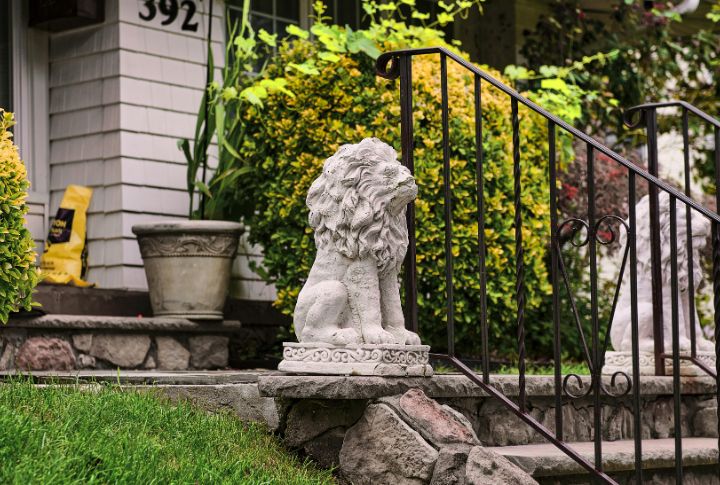
Taller lawn sculptures can run afoul of U.S. residential bylaws and local storm safety codes, especially if they exceed 4 feet. In many cities, anything that large requires anchoring, permits, or both. Some homeowner associations even restrict display duration, especially if the statue clashes with neighborhood aesthetics or blocks sightlines.
Wide Stone Pathways Through Grass Lawns
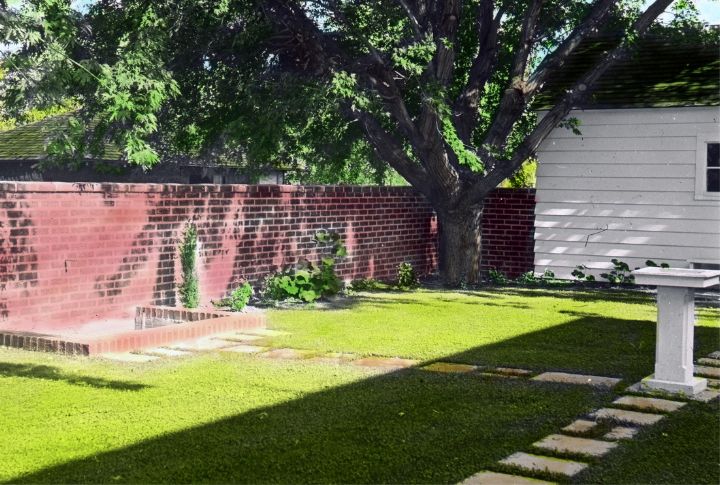
Your lovely flagstone paths could get flagged soon. Cities are tightening rules on how much lawn you can pave, aiming to curb runoff and protect grass health. Additionally, heat-retaining stones can scorch pet paws. In fact, snakes love curling under heated stones during spring. You do not want an unexpected disaster from something you can totally avoid.
Excessive Solar Garden Lights
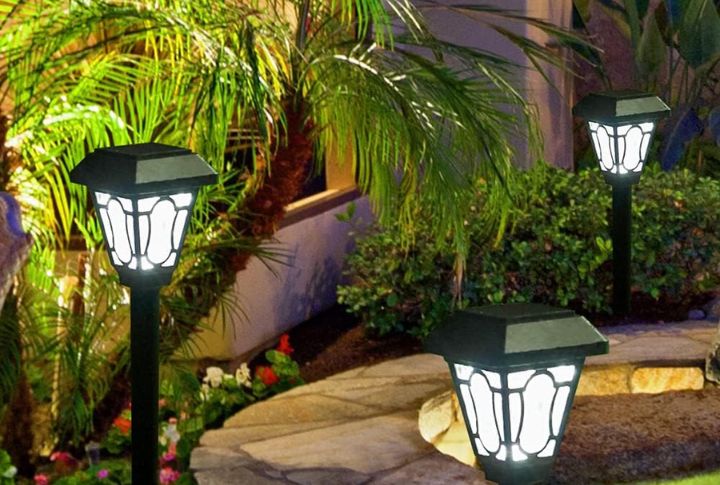
Overlighting your garden with solar LEDs could draw code enforcement. Light pollution laws in states like Arizona and California now restrict brightness and fixture counts. Excessive lighting disrupts wildlife navigation, especially birds and moths. Clusters of solar lights have even been known to attract bats, turning quiet patios into unexpected wildlife hotspots.
Wind Powered Garden Art And Spinners
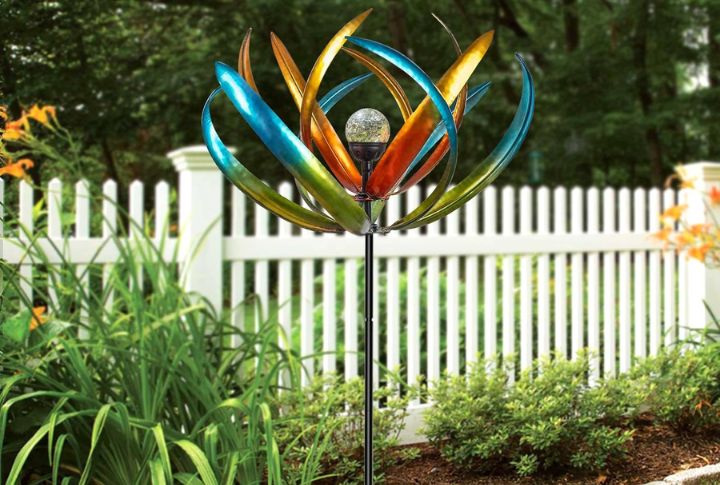
Spinning yard decor is facing stricter regulations due to safety risks and aesthetic concerns. In storm-prone areas, dislodged spinners have caused serious property damage, prompting some neighborhood associations to outlaw them entirely. Many local governments now enforce tighter rules on size, motion, and placement to prevent future incidents.
Decorative Yard Flags And Oversized Banners
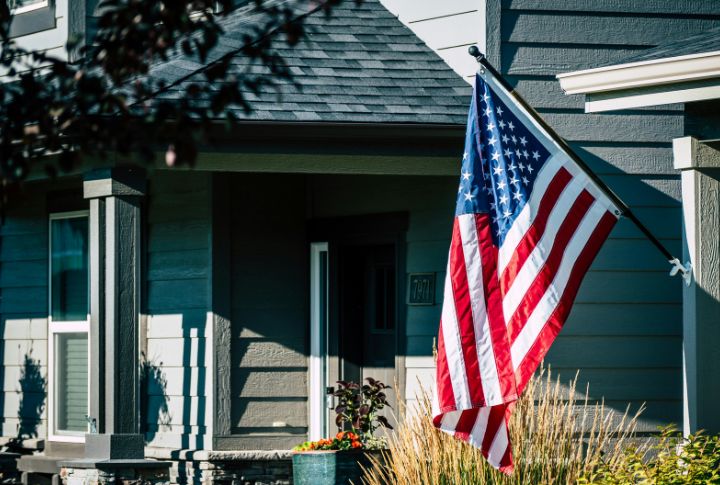
Your festive flag may need downsizing. Banners over 15 square feet can now trigger permit rules. Neighborhood associations often object to flag overload, calling it visual clutter. One side effect? Birds and bats are seeking shelter in billowing fabric. To deal with the issue, communities are pushing for stricter limits on both flag quantity and size.

